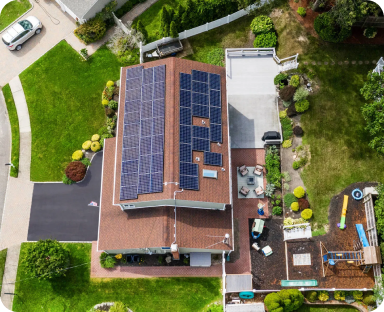

History of the Solar ITC
Originally established by the Energy Policy Act of 2005, the 30% ITC (Investment Tax Credit) has been a success in supporting the country’s transition to renewable energy. The 2020 spending bill originally extended the solar ITC at 26% for two additional years. The ITC would drop to 22% in 2023, and then disappear completely. In August 0f 2022, the ITC was raised to 30% for the next 10 years. This empowers homeowners across the nation to improve their energy resiliency.
How Does the Federal Solar Tax Credit Work?
The minute you own a solar system, whether it is residential or commercial, you are eligible for this Federal Tax Credit. The 30% tax credit means that as a residential client, you can claim 30% of the cost of the system through federal taxes. This can be claimed when you file for your yearly federal tax return. You can receive 30% for systems commencing construction in 2022 through 2032.
In 2021, owners of new residential solar could deduct 26% of the cost of their system.
In 2023, owners of new residential solar can deduct 30% of the cost of their system.
For more information on ITC, click here.
Stop overpaying for electric. Go solar with $0 down.

Stop overpaying for electric. Go solar with $0 down.
About the Author

Tara represents EmPower Solar as the Chair of the Long Island Solar & Storage Alliance where she is the government liaison for policy issues related to solar and energy storage. In 2018, Tara was named one of the Top 50 Women in Business by the Long Island Business News. She was also inducted into the Social Justice Distinguished Scholar Academy for her work in environmental justice issues in collaboration with Farmingdale State College.